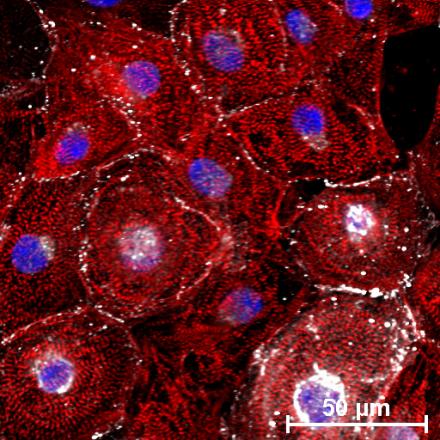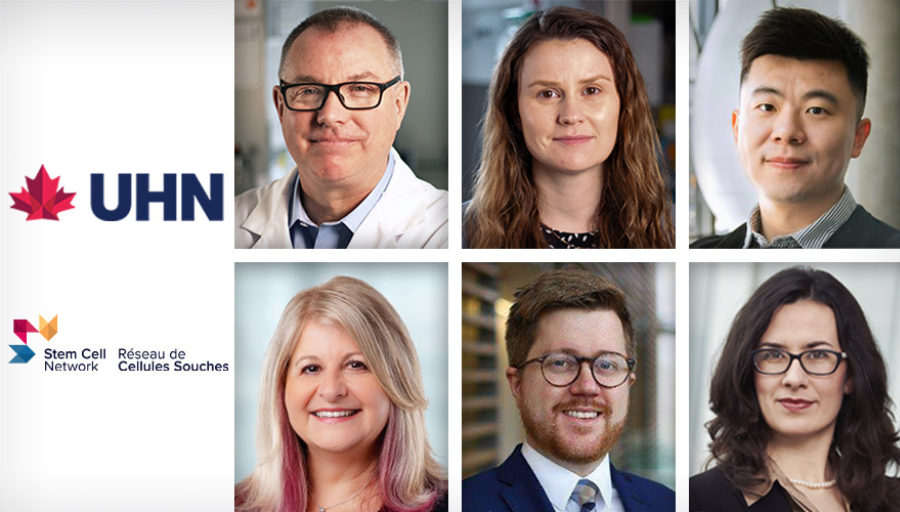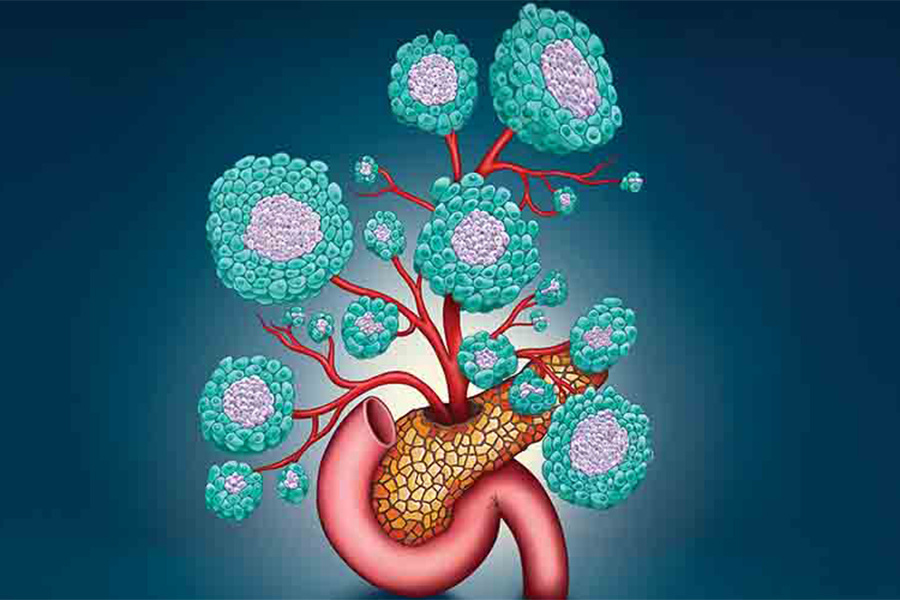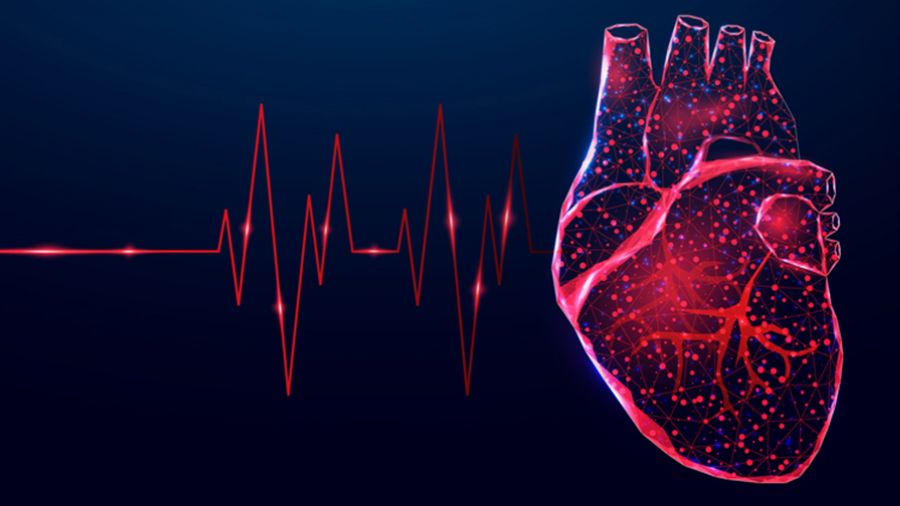
In the pursuit of advancing cardiac regenerative therapies, researchers at UHN’s McEwen Stem Cell Institute have directed their focus toward harnessing the potential of human pluripotent stem cell-derived cardiomyocytes (hPSC-CMs).
These heart muscle cells – derived from human stem cells – show promise for repairing tissue after heart attacks.
As part of their efforts, researchers have modified a key protein, connexin 43 (Cx43), which plays many important roles in the heart such as propagating electrical signals.
After a heart attack, damaged muscle tissue is often replaced by scar tissue. This can lead to progressive heart failure.
Currently, organ transplantation remains the only means of replacing lost myocardium, the muscular layer of the heart. This situation has led to interest in hPSC-CMs as a potentially inexhaustible source of replacement cardiomyocytes (heart muscle cells).
“Although hPSC-CMs show promise in preclinical models, they don’t fully integrate well with the existing heart tissue and can cause irregular heart rhythms,” says Dr. Rasha Al-attar, former postdoctoral researcher at McEwen and first author of the study.
“We noticed that when these hPSC-CMs are transplanted into the heart muscle, there is a low level of the protein Cx43,” Dr. Al-attar continues. “As this protein is important for cell–cell communication between these heart cells, we hypothesized that this was the reason for the problems with integration.”

Cx43 is a protein that forms tiny channels called gap junctions, which enable direct communication between cells. Gap junctions are made up of connexins and Cx43 is the most common one found in heart muscle cells, especially in the left ventricle where most of the damage from heart attack occurs.
Cx43 plays a crucial role in helping electrical signals move between heart muscle cells.
“Our goal was to bolster Cx43 expression and function within hPSC-CMs and our strategy involved engineering hPSC-CMs to express a modified version of Cx43,” says Dr. Michael Laflamme, Senior Scientist at McEwen, Robert McEwen Chair in Cardiac Regenerative Medicine and senior author of the study.
“This modified Cx43 has been shown to stabilize gap junctions and mitigate irregular heart rhythms in previous experiments in other species,” adds Dr. Laflamme, a Tier 1 Canada Research Chair in Cardiovascular Regenerative Medicine and an associate professor in the Department of Laboratory Medicine and Pathobiology at the University of Toronto.
However, contrary to expectations, hPSC-CMs with the engineered Cx43 exhibited diminished levels of Cx43 gap junctions. Further investigation revealed that these cells exhibited improper electrical activity and varied levels of proteins crucial for heart contractions.
These results underscore the complex biological factors influencing the behaviour of engineered cardiac cells. They indicate that addressing multiple factors is likely necessary to ensure proper Cx43 expression and function.
“Though our findings pose new challenges, they also illuminate critical avenues for future inquiry and underscore the need to take an iterative approach to develop stem cell-based interventions in cardiovascular medicine,” says Dr. Laflamme.
Future research will aim to examine why Cx43 operates differently in hPSC-CMs versus the adult myocardium in other species and find alternative strategies to enhance Cx43’s expression.
This study was supported by generous donors to UHN Foundation.

No one ever changed the world on their own but when the bright minds at UHN work together with donors we can redefine the world of health care together.


